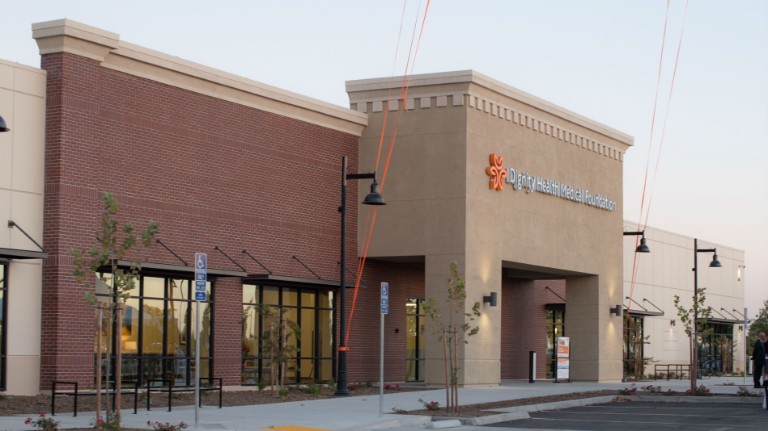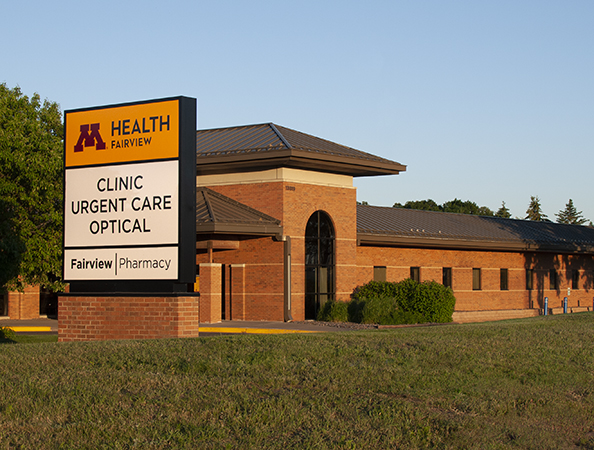Leading Tips for Choosing the Right Clinic for Your Urgent Care Needs
Leading Tips for Choosing the Right Clinic for Your Urgent Care Needs
Blog Article
Comprehending the Function of Urgent Treatment in Giving Timely Treatment for Non-Life-Threatening Problems
Urgent care centers have arised as an essential component of the medical care landscape, dealing with the immediate demands of individuals with non-life-threatening conditions. Recognizing the subtleties of urgent treatment might substantially affect client end results and the total performance of healthcare delivery.
What Is Urgent Treatment?
Urgent treatment refers to a classification of clinical solutions designed to deal with non-life-threatening problems that require prompt interest. These facilities act as an intermediary in between key treatment medical professionals and emergency clinic, using a convenient choice for individuals that require punctual care without the extensive waiting times normally linked with emergency situation divisions.
Urgent treatment centers are normally staffed by medical experts, consisting of doctors, nurse practitioners, and medical professional assistants, that are trained to identify and treat a large selection of conditions. Usual services given by these facilities include treatment for small injuries, illnesses, and infections, as well as analysis tests such as X-rays and laboratory work.
Additionally, immediate treatment centers usually approve walk-in patients, eliminating the demand for consultations. Generally, urgent care plays a vital function in the health care system, making certain individuals can access vital medical services immediately and efficiently.

When to seek care at an immediate treatment facility rather of a primary treatment medical professional or an emergency space,Many people might discover themselves unclear regarding. Urgent treatment is created to address non-life-threatening conditions that need prompt focus yet are not extreme enough to necessitate an emergency clinic browse through.
Usually, one ought to think about urgent treatment for concerns such as minor cracks, sprains, cuts needing stitches, or infections like urinary tract infections. Additionally, chilly or influenza signs and symptoms, rashes, and allergic reactions can likewise be appropriately managed in this setup.
It is crucial to keep in mind that urgent care is not ideal for deadly emergency situations, such as breast discomfort, trouble breathing, or serious blood loss, which require instant emergency clinic intervention.
Individuals that do not have accessibility to a medical care doctor or can not protect a prompt visit might likewise gain from urgent treatment solutions. Ultimately, recognizing when to use urgent care can cause much more reliable health care distribution, permitting people to receive the proper level of care based upon their particular wellness demands.
Advantages of Urgent Care Centers
Picking immediate care centers for non-life-threatening problems uses a number of advantages that improve individual experience and ease of access. One main advantage is the minimized wait times compared to traditional emergency clinic. Immediate care facilities commonly operate on a first-come, first-served basis, permitting individuals to receive prompt clinical attention without the lengthy hold-ups usually related to healthcare facility settings.
In addition, immediate treatment facilities provide prolonged hours, consisting of weekend breaks and evenings, suiting individuals with varying routines. This adaptability ensures that people can look for care when it is most practical for them, better advertising timely treatment.

Additionally, these facilities typically offer an extensive variety of solutions, consisting of minor procedures and analysis examinations, all under one roof covering. This consolidation of services my review here not just streamlines the individual experience yet also cultivates a much more cohesive approach to taking care of non-life-threatening health issues, ultimately profiting total individual results.
Common Problems Dealt With
At urgent treatment centers, a selection of non-life-threatening conditions can be effectively dealt with, offering individuals with timely and obtainable medical help. These centers are particularly adept at attending to concerns that need timely interest yet do not posture an instant danger to life or limb.
Common conditions treated at urgent treatment centers include minor injuries such as sprains, cracks, and pressures. Urgent treatment centers are equipped to perform essential analysis examinations, such as X-rays and research laboratory tests, enabling them to provide comprehensive treatment.
Moreover, urgent care providers can provide vaccinations, helping to prevent the spread of transmittable diseases - Urgent Care. They also offer services for small procedures, such as suturing wounds or draining pipes abscesses. By providing these varied solutions, urgent care centers play an essential role in bridging the space in between medical care and emergency situation solutions, making sure individuals receive timely treatment for a large range of conditions without the need for long delay times typically connected with emergency clinic
Just How Urgent Care Supports Health Care System
Urgent treatment facilities play a vital duty in supporting the general medical care system by easing the problem on emergency situation departments and giving timely accessibility to treatment for non-life-threatening problems. By managing instances such as small injuries, infections, and illnesses, immediate treatment centers allow emergency situation departments to concentrate on more essential people calling for prompt focus.
In addition, urgent care facilities boost healthcare ease of access, using extensive hours and an easier alternative to standard primary treatment settings. This ease of access is especially helpful for patients who might not have a routine doctor or that call for prompt therapy outside of typical office hours. As an outcome, immediate treatment centers effectively lower improve and wait times person contentment.
In addition, immediate care centers add to cost savings for both clients and the health care system by providing lower-cost solutions compared to emergency situation divisions. This monetary efficiency is crucial in an era of rising healthcare prices, allowing individuals to obtain required care without sustaining expensive expenses.
Conclusion
In conclusion, immediate care facilities play an important role in the healthcare system by providing timely treatment for non-life-threatening problems. By connecting the gap advice between health care and emergency spaces, these facilities guarantee that individuals get timely clinical interest without the extensive wait times normally connected with emergency situation divisions. The ease of access and performance of urgent treatment facilities contribute dramatically to alleviating the overall concern on health care sources, improving client results, and promoting an extra efficient healthcare delivery system.
Immediate treatment centers have actually arised as an essential element of the healthcare landscape, addressing the instant demands of patients with non-life-threatening problems. Urgent treatment brows through typically incur lower out-of-pocket expenses contrasted to emergency division brows through, making care more economical site link for people without endangering top quality. Immediate treatment facilities are furnished to carry out required diagnostic examinations, such as X-rays and research laboratory tests, allowing them to provide detailed care.
By using these diverse solutions, urgent care facilities play a crucial role in connecting the gap between main care and emergency situation solutions, ensuring clients obtain prompt treatment for a wide array of problems without the requirement for long delay times commonly connected with emergency rooms.
Additionally, immediate treatment facilities improve medical care accessibility, supplying extended hours and a more practical option to conventional main care setups.
Report this page